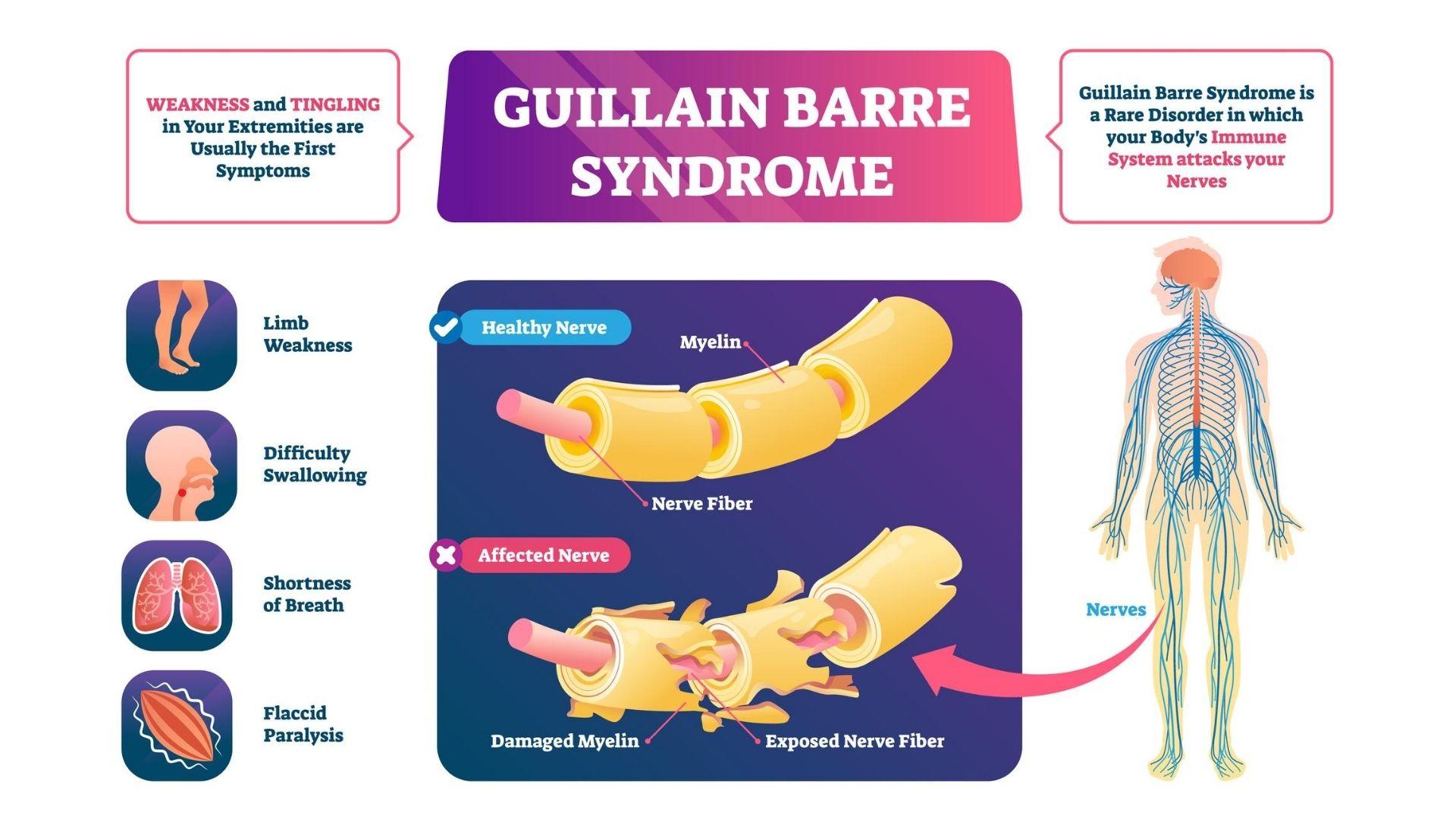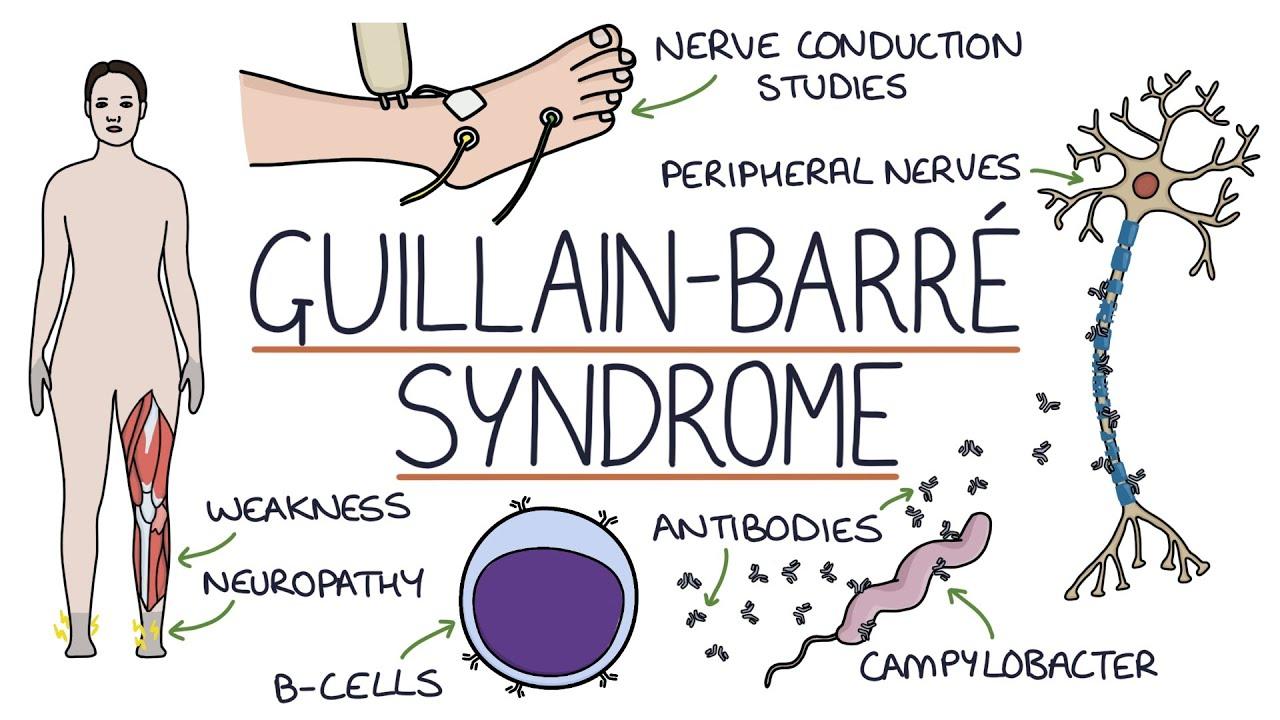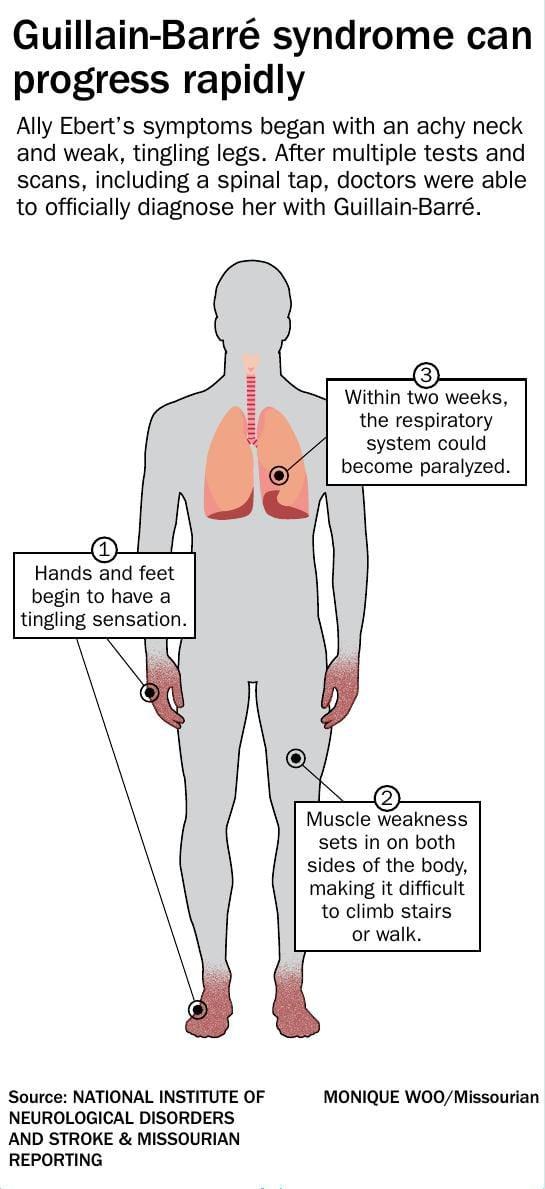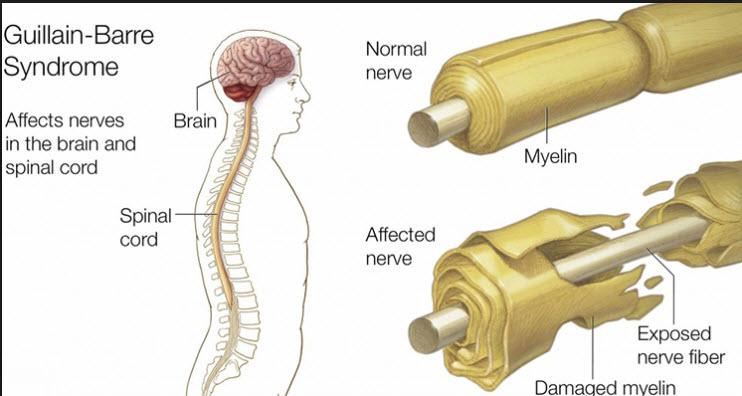Understanding Guillain-Barre Syndrome and Its Alarming rise in India
In recent months, India has witnessed a concerning surge in cases of Guillain-Barre Syndrome (GBS), a rare autoimmune disorder that leads to muscle paralysis. This condition typically begins as a tingling sensation in the extremities, rapidly escalating to profound weakness or even total paralysis. Medical experts have identified several factors contributing to this alarming rise, including:
- Post-viral infections: Many GBS cases emerge following respiratory or gastrointestinal infections, leading to rising concerns about the impact of viral outbreaks.
- Improper healthcare access: In rural areas, delayed diagnosis and treatment can exacerbate symptoms, increasing the risk of severe outcomes.
- Environmental factors: Changes in climate and rising pollution levels may also play a role in the incidence of autoimmune disorders.
Health authorities are grappling wiht the multifaceted nature of GBS in India, as it poses important challenges for both patients and the healthcare system. patients often experience a prolonged recovery period, and the unpredictability of the syndrome can create a sense of fear and anxiety within communities. To address this urgent public health issue,experts emphasize the need for:
- Awareness campaigns: Educating the public about early symptoms and the importance of timely medical intervention.
- research funding: Increasing investment in studies aimed at understanding the causes and treatment of GBS.
- Enhanced healthcare infrastructure: Improving access to diagnostic and therapeutic services, notably in underserved regions.

Investigating the Possible Triggers Behind the Current Outbreak
The recent outbreak of Guillain-Barre syndrome in India has raised significant concerns among health officials and the general public alike. While the exact causes remain elusive, several potential triggers have come to light that merit further investigation. Experts have been scrutinizing patterns related to infections, autoimmune responses, and geographical clusters. Notably, a spike in reported cases coincided with instances of viral infections, particularly those involving cytomegalovirus and Zika virus, which have been identified as possible precursors for the syndrome. Other factors, including recent vaccination campaigns and environmental influences, are also under examination to determine if they play a role in this troubling rise in paralysis cases.
Local health authorities are gathering data to identify potential correlations, focusing on demographics and potential environmental exposures. They have initiated collaborative efforts with research institutions to launch detailed epidemiological studies. Considerations include:
- geographical trends: Understanding whether certain regions are more affected.
- Patient history: Examining past medical conditions and infections among those diagnosed.
- Socioeconomic factors: Analyzing if access to healthcare services impacts disease progression.
This multifaceted approach aims not only to identify possible triggers but also to mitigate risks and develop effective strategies for prevention and control of the outbreak. As the investigation unfolds, ensuring public awareness and access to timely medical interventions will be crucial in managing this health crisis.

Impact on Public Health: Challenges and Response Strategies
The recent surge in Guillain-Barre syndrome cases in India has posed significant challenges to public health systems across the nation. As more individuals present with symptoms ranging from muscle weakness to complete paralysis, healthcare professionals and authorities are grappling to understand the root causes and implement effective measures. The complexities of this situation are heightened by factors such as limited access to specialized care and the ongoing strain of healthcare resources, which have been further tested by the global pandemic. Amidst these scenarios, raising public awareness about the symptoms and early indicators of the syndrome becomes crucial, as timely intervention can substantially improve patient outcomes.
In response to the outbreak,various strategies are being employed to mitigate the impact on health.Authorities are focusing on community education initiatives,which aim to inform the public about the warning signs of Guillain-Barre syndrome,including:
- Weakness in legs that can spread to the upper body
- Unexplained numbness or tingling sensations
- difficulties with coordination and walking
Moreover,health officials are enhancing surveillance systems to monitor and report new cases more effectively. This proactive approach is expected to facilitate better resource allocation and patient management strategies.Collaboration between public health organizations, healthcare institutions, and community leaders will be vital in developing a comprehensive response and ensuring that health systems are not overwhelmed during this critical period.

Preventive Measures and Community Awareness Initiatives for the Future
To combat the rising incidence of Guillain-Barre Syndrome in India,a multifaceted approach focusing on preventive measures and community awareness is imperative. Health authorities must prioritize the dissemination of data regarding the symptoms and risk factors associated with this condition. Key strategies should include:
- Educational Campaigns: Initiatives aimed at educating the public about early signs of the syndrome can facilitate timely medical intervention.
- Vaccination Awareness: Promoting the importance of vaccinations, particularly against viruses that can trigger neural complications, is crucial.
- Partnerships with Local Organizations: Collaborating with community groups can help reach a wider audience and foster trust in health messaging.
In addition to individual awareness, fostering a community-centric framework is essential for enhancing collective resilience. Engaging with healthcare professionals to conduct workshops in schools and community centers will cultivate a knowledgeable environment. Moreover, the establishment of support groups for affected families can provide emotional and practical support, helping them navigate the challenges of the syndrome. Other initiatives may include:
- Regular Health Check-ups: Encouraging routine check-ups to monitor changes in health can aid in early detection.
- Digital Outreach: Utilizing social media platforms to share real-time updates and information can keep the community informed.
- Research and advancement: Supporting ongoing research initiatives to better understand the syndrome can contribute to long-term preventive strategies.
